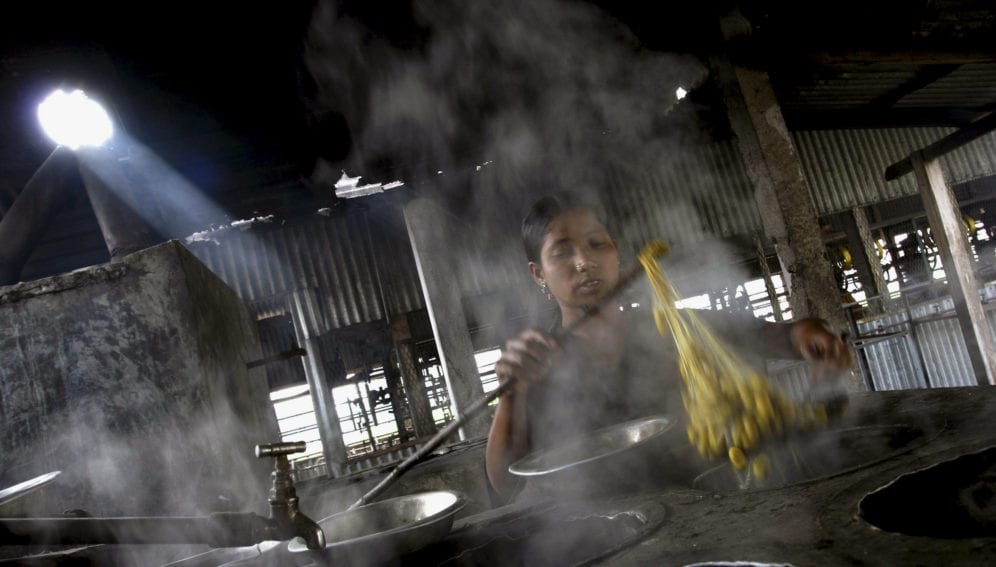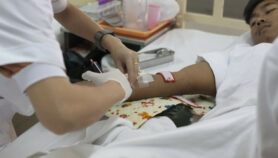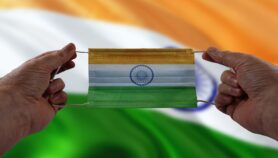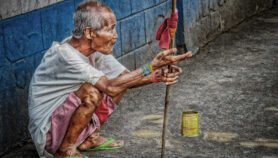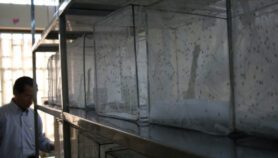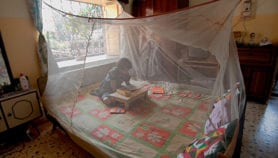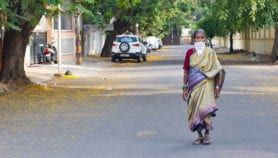By: S. Singh
Send to a friend
The details you provide on this page will not be used to send unsolicited email, and will not be sold to a 3rd party. See privacy policy.
[GUWAHATI] A web portal developed under India’s department of biotechnology (DBT) provides researchers and the public access to silk-related web resources on a single platform.
SeriPort was launched in May by researchers at Bioengineering Research Laboratory (BRL), Guwahati, who describe it as work in progress. "Maintaining a database is very challenging and we have to be vigilant about keeping it virus-free all the time,” says Hasnahana Chetia, one of several research scholars developing the portal.
“Currently, we are shifting SeriPort to a hosting server with better facilities such as security from brute force attacks, DDoS attack etc. We are continuing to add novel websites or servers that are directly or indirectly related to seri-resources,” says Deepika Singh, another research scholar at BRL.
Singh and Chetia are co-authors of a review of SeriPort published May in Database. They claim that the portal already serves as a one-stop information gateway to databases dealing with the biotic components of seri-biodiversity such as on silkworms, host plants, pests, pathogens and others.
“Our team carried out a systematic review of the existing databases on sericulture, before setting up SeriPort. Currently, about 70 databases have been appended to the portal,” says Utpal Bora, corresponding author of the review.
“During our research on silk we discovered that it was difficult to find out what work had already been done. The inception of the portal stemmed from the need for a comprehensive database,” Singh tells SciDev.Net.
India is the second largest producer of raw silk after China and the biggest consumer of raw silk and silk fabrics. Northeast India is particularly rich in silk bio-resources and holds a unique place in the world as it produces all the commercially exploited mulberry and non-mulberry silk varieties.
“Apart from augmenting biological science using data science, we will also add data on patents generated on the subject as well as indigenous sericulture practices,” says Chetia. “It will help protect traditional knowledge.”
According to Mainak Das, bioengineering expert at the Indian Institute of Technology – Kanpur, recent scientific advancements show that silk is a potential tissue engineering material of value in developing bio-molecular electronic devices.
“Considering the extensive and widespread reach of Indian silk industry, it is quite essential to create a knowledge base where different aspects like availability, cultivation techniques, characteristics, etc. of the specific species is made available for researchers and farmers,” Das tells SciDev.Net.


